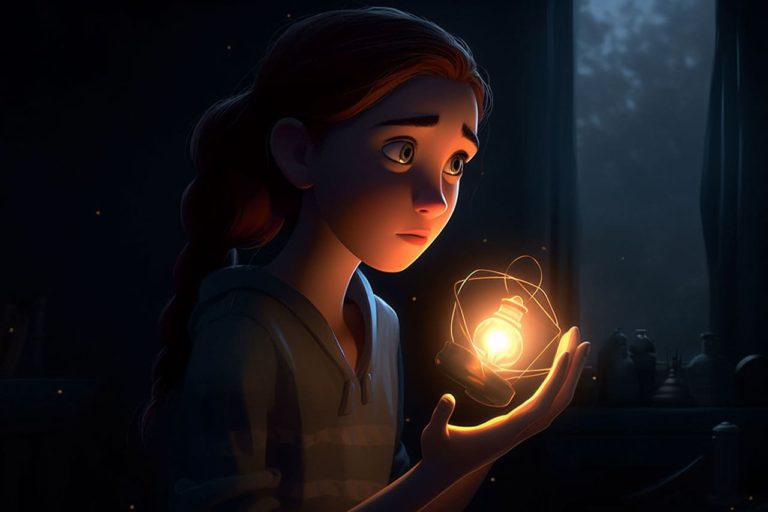In recent years, digital art has exploded in popularity, thanks in large part to advances in technology that have made it easier than ever for artists to create and share their work. From digital painting to 3D modeling to virtual reality installations, there are endless possibilities for artists to experiment with digital media and push the boundaries of what we think of as “art.”
One of the most exciting aspects of digital art is the ability to create works that are dynamic and interactive. Unlike traditional painting or sculpture, digital art can be programmed to respond to the viewer or to change over time. This has led to new forms of art that blur the line between the physical and the digital, such as digital installations that combine physical objects with projected images or animations.
Another advantage of digital art is its accessibility. Whereas traditional art forms may require expensive materials or specialized training, digital art can be created with relatively simple tools such as a computer and a tablet. This has made it easier for artists from diverse backgrounds and with varying levels of experience to experiment with digital media and share their work with a global audience.
Digital art is also more easily reproducible than traditional art forms. While a painting or sculpture is typically a one-of-a-kind object, digital art can be duplicated and distributed widely, allowing for broader dissemination and exposure.
Of course, like any art form, digital art has its challenges. One of the biggest is the question of ownership and authenticity. With digital files easily copied and shared, it can be difficult to prove ownership of a digital artwork or to ensure that it is an original creation. This has led to the rise of non-fungible tokens (NFTs) which can be used to establish ownership and authenticity for digital art.
Despite these challenges, digital art is here to stay. As technology continues to evolve, the possibilities for digital art will only grow. From augmented reality installations to interactive virtual worlds, the future of digital art is limited only by the imagination of the artists who create it.
In many ways, digital art represents a new frontier in the world of art, with endless possibilities for creativity and innovation. Whether you’re a seasoned artist or a curious newcomer, digital art offers a rich and exciting world to explore and discover.
Frequently Asked Questions About Digital Art
- What is digital art?
Digital art refers to works of art that are created using digital technologies, such as computers, software, or other digital tools. Digital art can take many forms, including digital painting, 3D modeling, animation, virtual reality installations, and more.
- How is digital art different from traditional art?
Digital art differs from traditional art in that it is created using digital tools and can often be reproduced easily. While traditional art forms, such as painting or sculpture, may require expensive materials or specialized training, digital art can be created with relatively simple tools, such as a computer and a tablet.
- Is digital art considered “real” art?
Yes, digital art is considered a legitimate form of art by many in the art world. While some may view it as less “real” than traditional art forms, digital art offers unique opportunities for creativity and innovation.
- What are some examples of digital art?
Some examples of digital art include digital painting, 3D modeling, animation, virtual reality installations, and interactive installations that combine physical objects with projected images or animations.
- How can digital art be owned and sold?
Ownership and sale of digital art can be a complex issue, as digital files can be easily copied and shared. However, non-fungible tokens (NFTs) have emerged as a way to establish ownership and authenticity for digital art. NFTs use blockchain technology to create a unique, one-of-a-kind token that can be bought and sold like any other asset.
